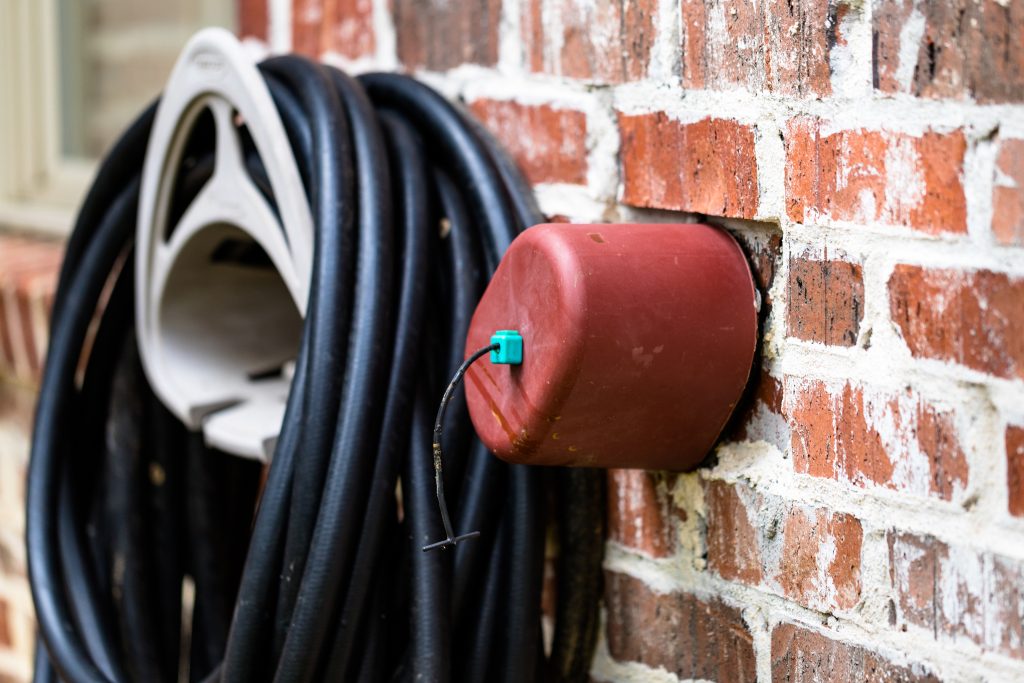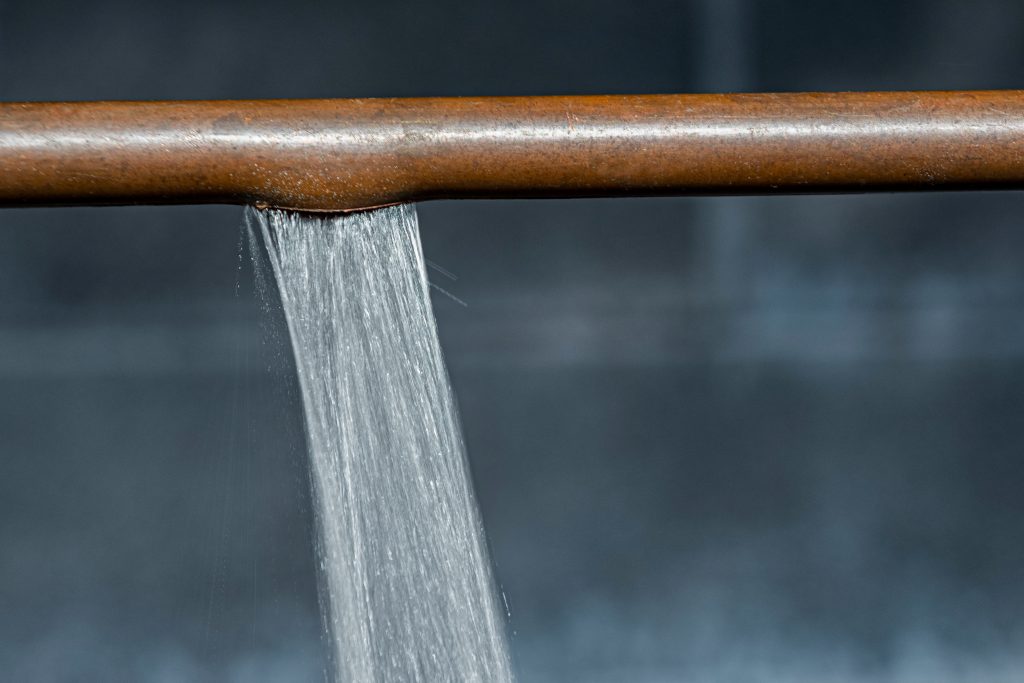How to Prevent Your Pipes from Freezing in the Winter
Winter storms in Texas cause some of the costliest plumbing disasters for homeowners. Just look at the damage caused by frozen pipes during Winter Storm Uri in February 2021 — roughly 16% of Texans reported that pipes in their home froze and burst during the catastrophic cold snap. And the average insurance claim for the damage it caused: $27,000.

How to Prevent Pipes from Freezing
The fact is, the average Texan is simply unprepared for freezing temperatures, which often arrive in the state with short warning. But there are simple precautions you can take to prevent pipes from freezing and bursting and avoid the costly repairs that come with water damage in your home.
Disconnect and Drain Garden Hoses
When there’s a cold snap in the forecast, disconnect all your outdoor hoses and drain them thoroughly. Any residual water in hoses and exposed spigots will freeze quickly, and the ice can cause damage to your plumbing system. If possible, shut off any water valves that direct water to outdoor faucets.
Insulate Exposed Pipes
Exposed pipes in the unheated areas of your house — attics, crawl spaces, cellars — have the highest risk of freezing. Wrap them in foam sleeves or heat tape to keep them warm when temperatures drop.
Never Let the Thermostat Drop Below 55 F
A consistent indoor temperature in your house will help prevent pipes from freezing. If you’re planning a trip away from home, even for a few days, set the thermostat to run at 55 F before you leave.
Weather Seal Gaps and Cracks Around Pipes
Inspect your house’s windows, doors, and foundation for any gaps, cracks, or openings where cold air might get in. Seal any gaps with weather stripping, foam sealant, or caulking to prevent cold drafts from chilling your pipes.
Let Your Faucets Drip
Water that keeps moving does a better job of resisting turning to ice. On cold nights and during cold snaps, slightly turn on the faucets in your kitchen and bathrooms (including in showers and tubs) until there is a steady drip. Even this small amount of movement can significantly prevent the water in the pipes from freezing.
Open Your Cabinet Doors
Leaving cabinet doors open lets warm air circulate into confined spaces and warm the pipes, such as those under the kitchen or bathroom sinks. This is especially important in rooms located against exterior walls.
Replace Old Insulation
If you’ve never replaced the insulation in your garage, attic, crawl space, or basement, take a look and see if it has deteriorated or worn away over the years. Fresh insulation can drastically improve heat retention in your home, protecting your pipes.

What to Do When Your Pipes Freeze
Pipes don’t always burst when they freeze. If you notice your water pressure is low or no water is coming out of the faucet, you might have ice in your plumbing. Never use an open flame to thaw a frozen pipe — instead, use a hair dryer to defrost it, starting at the faucet and slowly moving down the pipe.
If a frozen pipe does burst, keep your cool. The first thing you’ll want to do is shut off the water supply in your house to mitigate flooding. Make sure you know where the main water shut-off valve is in your home (we recommend marking it with a sticker or tag) and showing everyone in the household how to use it. Once the water is off, you can assess the damage and decide if you want a professional to replace the broken areas.
Preparing your pipes for a cold snap is just one component of the season. Get more tips for winterizing your home.
Coverage and discounts are subject to qualifications and policy terms and may vary by situation. © 2025 Texas Farm Bureau Insurance



